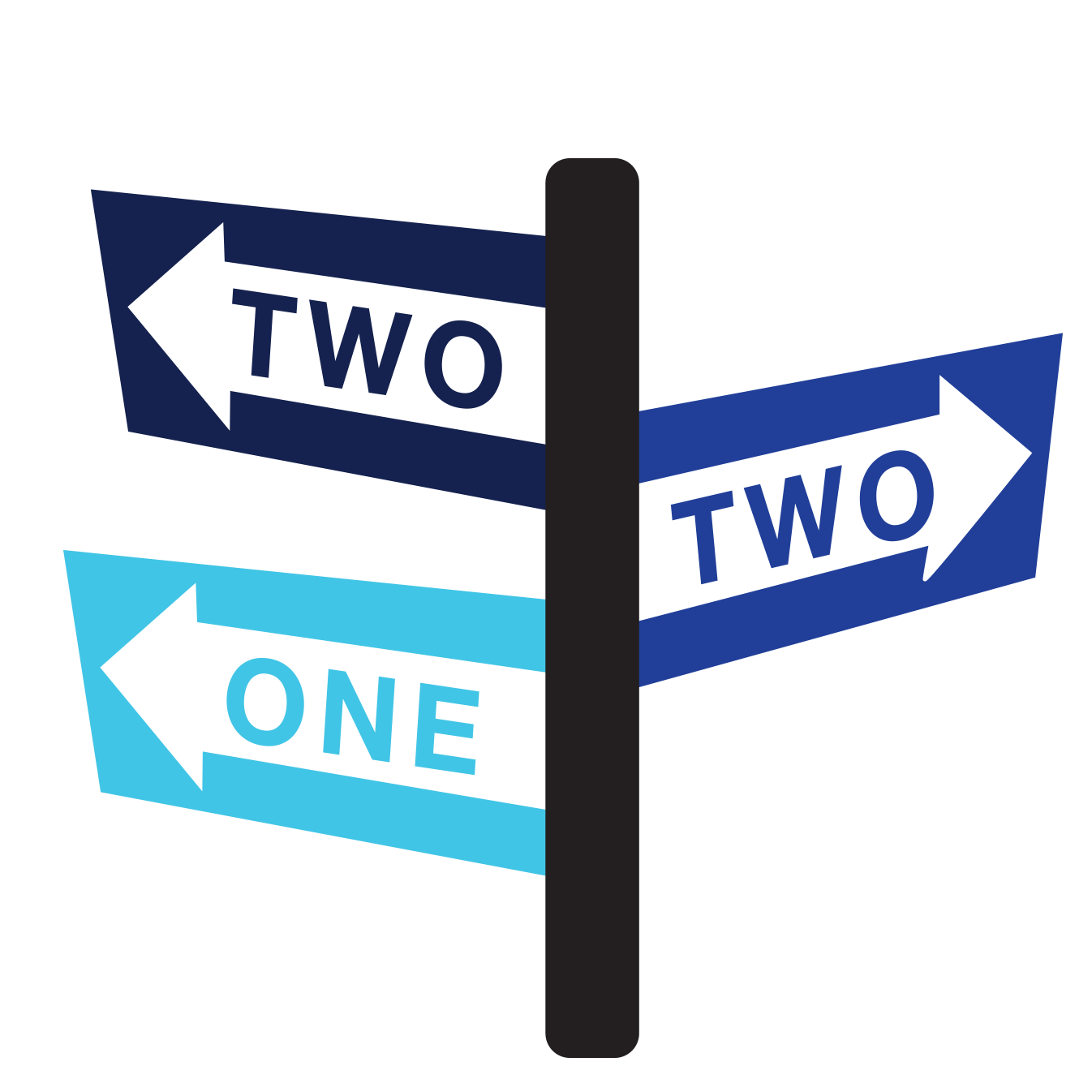Prison Reform is Not Enough. It’s Time to Rescind the Industrial Complex.
Jazzelle Bustos reignites the debate on prison reform with a discussion of Angela Davis's book, “Are Prisons Obsolete?”
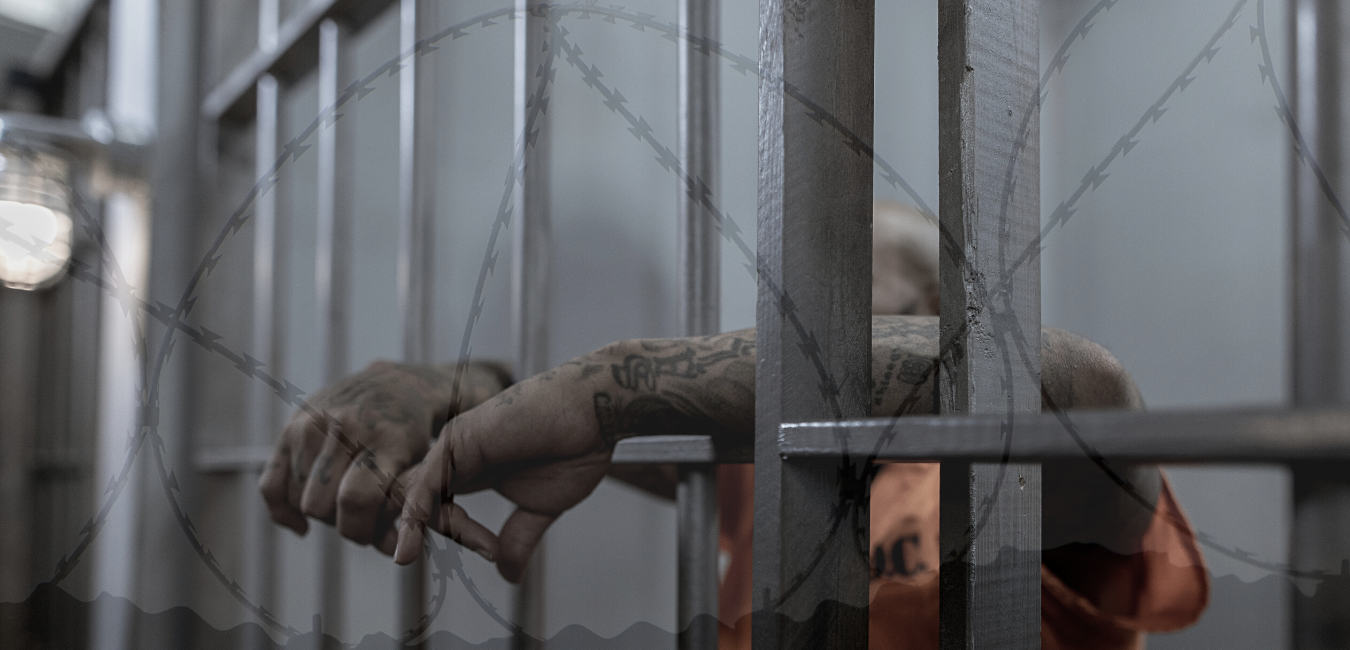
With radical audacity, Angela Davis brings attention to one of America's most persistent abolition movements in her book “Are Prisons Obsolete?”. As a political activist, philosopher, academic, and author, she challenges the reader to answer the question, “Are Prisons Obsolete?” Obsolete here, means old fashion, or no longer of use. The prison system is so deeply rooted in our society that many question how this abolition movement is even real. The book covers everything from the beginning of mass incarceration, slavery and civil rights, gender structures within the prison system, the prison industrial complex, and lastly a list of abolitionist alternatives. Angela Davis provides restrained and well wrought arguments, evidence-based facts, and her own suggestions to abolish the current prison system by instilling a “whole new terrain of justice” to readers.
With over 2 million Americans behind bars, the United States remains the highest incarcerated prison system in the world. Black, Latino, and Native American communities have a higher rate of becoming incarcerated than getting an education. As a Chicana-Native American, I chose this book to get more educated on the topic and use my voice to speak for the unrepresented. The main reasons I am so passionate about this topic goes back to my family members, women of the Bedford Hills Correctional Facility, and having the opportunity to advocate for individuals who fall victim to the prison system. Creating relationships through the prison walls with two of my uncles and the women of Bedford Hills taught me two important things that the book discusses. The first is that the prison's purpose is not actually made to rehabilitate inmates since its main focus has become punishment. The second, is prisoners are treated as less than human as society tries to erase their identity from the real world, taking away their basic rights, making it almost impossible to enter back into society as re-established individuals. While every chapter provides important knowledge towards the subject, the three discussions that are most impactful are how mass incarceration started, imprisonment and reform, and the abolitionist alternatives.
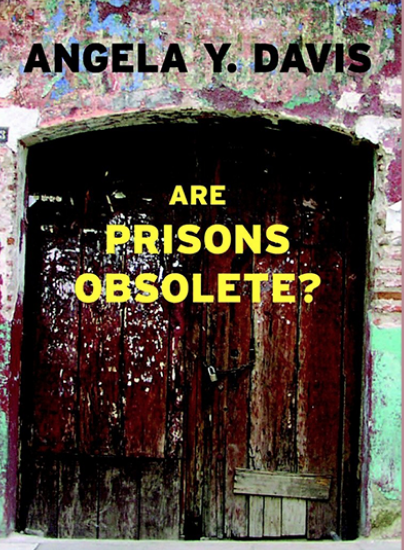
Angela Davis asks two important questions that will have readers questioning why prisons were created in the first place: “Are prisons racist institutions? Is racism so deeply entrenched in the institution of the prison that it is not possible to eliminate one without eliminating the other?”. (26) These questions raise concern about the relationship between U.S. slavery and the early penitentiary system. Around the time of the American Revolution, the “penitentiary” system began as a rehabilitation center devised to provide criminals with time to reflect on their crimes while ‘reshaping their habits and souls’. While this sounds appealing, the penitentiary system quickly started resembling chattel slavery. Both institutions required the subjects to depend on guards or owners for basic needs, such as shelter and food. Both also demanded free work with no benefits and prisoners underwent violent consequences if they were to deny work. A transitional period is where the people demand change and the government uses alternatives and temporary methods to settle disputes in hopes of controlling advocacy movements. I strongly agree with Angela Davis in her arguments that this is what started the emergence of mass incarceration. As Black slaves were freed, white plantation owners looked for new ways of attaining free labor. Although the 13th Amendment to the Constitution set slaves free, Black people were still shackled to the idea of racism. The wording of the 13th Amendment includes the phrase “except as a punishment for crime, whereof the party shall have been duly convicted”. This put a target on the Black community, and they became a key component in the convict lease system, commonly referred to as the “reincarnation of slavery.” (29)
The Mississippi Black Codes gave “white folks” the power to convict Black individuals of petty crimes. Even appearing drunk would require them to be punished with incarceration and forced labor, sometimes being forced to return to the plantations they were freed from. At the time, Alabama was filled with a majority white inmates, but the Black people were perceived as the real criminals. This is also when ideas of “whiteness” or “white passing” gave people who appeared white their rights, liberties, and self identities, while denying these rights to Black people even though they were freed. Learning about the corrupt ways of how the racists were able to cycle freed slaves back into their control and free labor, I now understand how racial profiling began, and still is a huge part in todays society, especially within law enforcement.
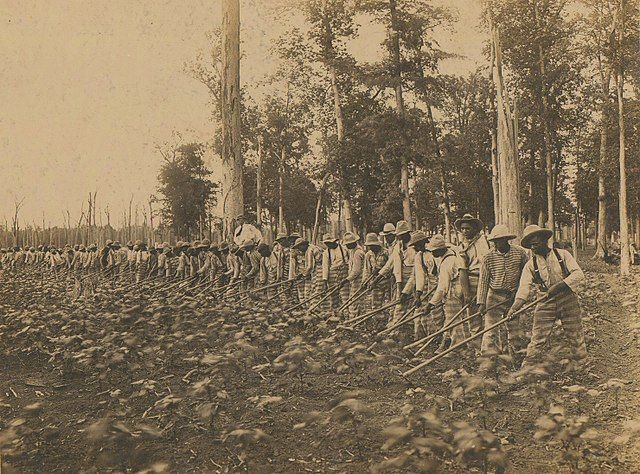
Not only was the system built on racism, it continues expanding due to the prison industrial complex. The desire to profit off convict labor is one of the leading reasons prisons have expanded exponentially throughout the world. Alex Lichtenstein, who studied the role of convict lease system, disclosed how the Georgia railroads during the nineteenth century “relied on black convict labor”. He also stated “We ride on the back of convicts.” (34) Prisoners are now a source of free labor and a huge part of the economy, which is why prisons are expanding and corporate companies are getting richer. The book mentions how Black men are viewed as disposable in the real world but a major source of profit for these private businesses in prison. For a fraction of the cost of typical labor, prisoners are raising animals, doing data entry for Chevron and AT&T, building circuit boards, limousines, waterbeds, Famous Amos cookies, Dial Soap, and Victoria's Secret Lingerie. This was an important takeaway for me, to stop supporting these corporations that have a drive to fill these racist structures with humans for profit. The evolution of mass incarceration demonstrates the ugly truth behind systematic racism, racial profiling, and imputing crime to color.
Although many may believe the prison system is race-neutral, individuals who are pro-prison still lack actual evidence on how the current state of prison punishment reforms and rehabilitates its inmates. Angela Davis argues that similarly to the death penalty, slavery, stoning, and beheading — the prison system does not have to be here to stay forever. Due to historical context and modern circumstances, there should be no reason that mass incarceration takes over the 21st century with its systematic racism and lack of rehabilitative properties. Since I was young I’ve always seen prison as punishment rather than a place to rehabilitate. This year I have become more interested in the topic of solitary confinement. The book mentions solitary confinement as one of the worst punishments fathomable, next to torture. After visiting an Eastern Penitentiary, Charles Dickens observed:
“The system here is rigid, strict, and hopeless solitary confinement. I believe its effects to be cruel and wrong — because its wounds are not upon the surface, and it extorts few cries that human ears can hear; therefore I the more denounce it, as secret punishment which slumbering humanity is not roused up to stay.” (48)
The sensory deprivation and mental trauma inmates face from solitary confinement make it almost impossible for them to be successfully introduced back into society with proper empathy and morals.
Although not all inmates face the traumatic experience induced by solitary confinement, the lack of education and rehabilitative programs within the prison is harming our society as a whole. Funding for education programs throughout prisons are slowly diminishing, restricting prisoners from evolving. The women at Bedford Hills Correctional Facility as well as an incarcerated family member of mine have emphasized the importance of receiving education within the prison walls.
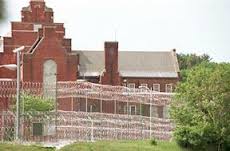
Roslyn Smith, a recently released inmate from Bedford of 40+ years, stated the life-changing experience she had in the program. She mentioned how she was able to reflect on her actions in her new found purpose. Since her release she has become an advocate and author who plans on giving back to her community. While these programs continue to be removed from facilities, we must ask ourselves as a community: what social interest is served by prisoners being illiterate? How can we benefit from ignorance? How are people able to rehabilitate if their education is out-lawed? The process of prison reform is a corrupt way to keep convicts imprisoned for a longer amount of time with a low success rate of returning to a normal life outside of prison walls.
Abolition alternatives is the final discussion that forever changed my perspective on new ways to abolish the prison system as we know it. Uncompromising in her vision, Angela Davis makes it clear that we must let go of the idea that there is one single alternative system of punishment. This requires us to view the road ahead as a constellation of alternative strategies and institutions. The list includes the demilitarization of schools, revitalization of education for all levels, health care and mental health care that provides for all demographics, and a justice system that does not focus on vengeance and retribution, but rather reparation and reconciliation.
I want to focus on the idea in which corporate companies are no longer able to profit off their ‘rehabilitative process’ currently known as convict labor. The punishment inmates face is correlated to the agendas of private business profits, media representations of crime, and the agenda of politicians. Overall criminals are categorized in their own class and are deemed undeserving of civil and human rights. The book points out how many of us have broken a law so people convicted of crimes should be represented as “law-breakers” instead of “criminals”. This is being made more apparent in our current society with various cases of decriminalization of drugs throughout the US. There have been many incidents where drug offenses received more prison time than violent crimes, but are now being reviewed due to the decriminalization of these drugs, especially marijuana.
I did have many questions regarding abolition and what would happen to convicted murderers and rapists. While Davis constantly referred to focusing more attention on creating a better society starting with mental health, she finished the book about a story which described the Truth and Reconciliation Commission.

This was the story of Amy Biehl who was on a mission trip in South Africa and was stoned and stabbed to death by four African boys because her skin was white. (114) After 18 years in prison the boys apologized to the parents for their actions, two of them made a statement to the parents: “I know you lost a person you love, I want you to forgive me and take me as your child.” Following this statement, the parents of Amy and the two boys created a relationship with one another that soon evolved into the mother buying them both property next to her house to be closer after her husband passed away. Before he died he stated: “We tried to explain that sometimes it pays to shut up and listen to what other people have to say, to ask: ‘Why do these terrible things happen?’ instead of simply reacting.” This was a huge takeaway for me as I look at the prison system as a whole.
The prison systems main concern is constant expansion of mass incarceration while avoiding the real issues at hand. This book and the interviews of incarcerated individuals taught me how prison can not be reformed because it was built on systematic racism and the detrimental effects the penitentiary imposes on its inmates rather than rehabilitation. Overall, I was able to gain a different perspective on just how corrupt the prison system is while attaining motivation to make a difference by advocating for the voices of those trying to be erased in the system.

Prison reform activist double majoring in Digital Media and Video Production & Cinema Television and Emerging Media with a minor in Business. She is passionate about amplifying the voices of individuals who are constantly being subjected to silence through her creative endeavors.
